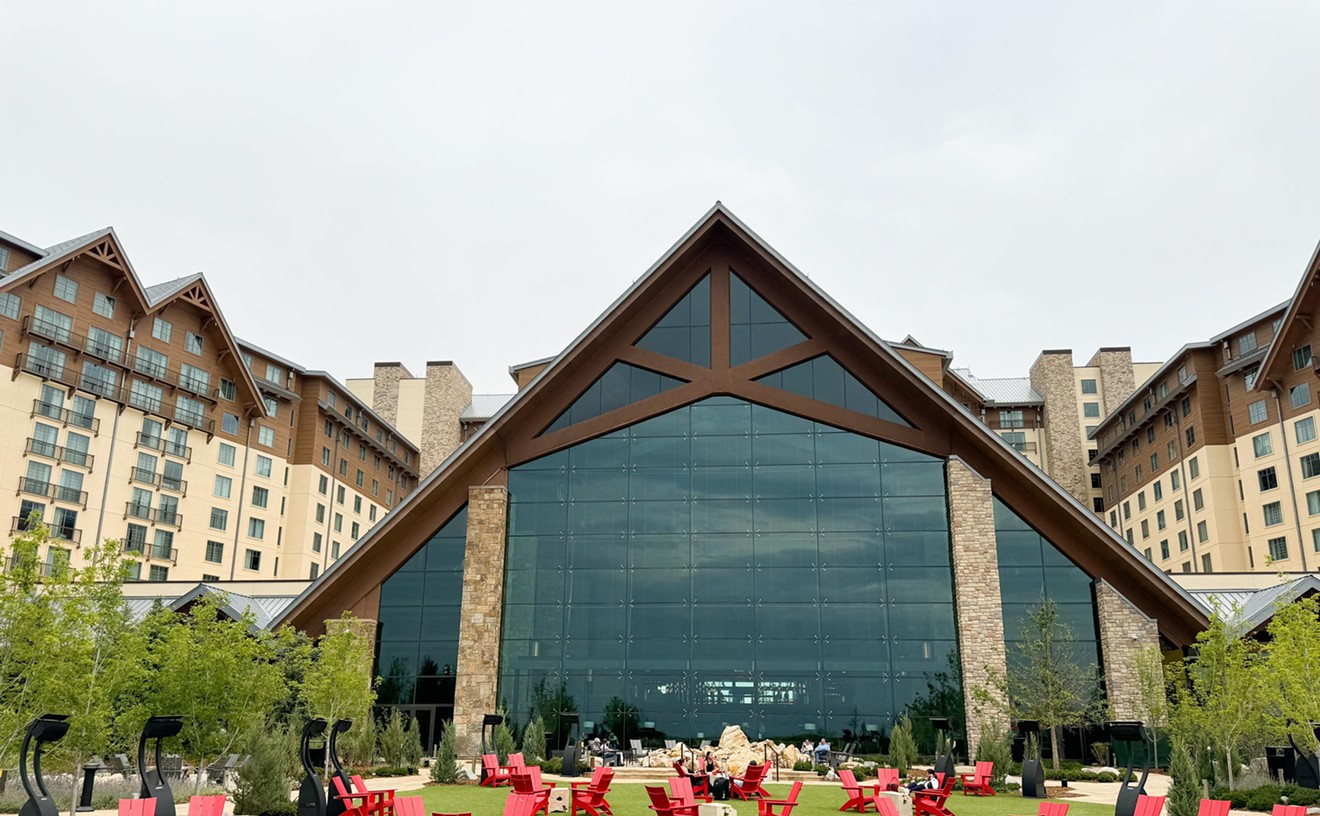Color of Hope: Diminishing Darkness Through Creation was such a hit at the Fremont Center for the Arts in Cañon City last year that it’s back for another round, this time as Color of Hope: Humanity Rising. The exhibit, curated by local artist-turned-prison-art facilitator Justin Reddick and street artist Mathew Taylor (Matte Refic), showcases work by prisoners at the Federal Correctional Complex in Florence, including two featured artists who are currently serving life sentences.
Christopher Dennison, who’s housed in ADX (or Supermax, the new home of El Chapo and the most secure prison in the country), and Kieron Webber, a resident of the United States Penitentiary (USP), display true humanity rising. They’re “inmates-turned-artists using their talents to serve their time in a productive, creative and value-based manner that has fostered real growth in each participant’s identity,” notes Buddy Dexter, director of the Fremont Center for the Arts. And the corrections industry also rose above previous limitations for this show, which marks the first time that a Supermax inmate was allowed to paint on canvas; Reddick, who calls Dennison a "remarkable artist," coordinated that, exchanging supplies every 48 hours as Dennison worked fifteen hours a day, seven days a week, to create the twelve pieces in this show.
The Color of Hope shows grew out of the Creative Arts Platform, a program Reddick helped introduce in the federal facilities that took inspiration from successful state prison programs. The first phase involves introducing inmates to art history, the second having inmates create their own art, and the third introducing them to creative industries. Taylor, a popular Pueblo artist, teaches in the program; he and Reddick work alongside staff psychologist Paul Zohn and Reentry Affairs Coordinator Jessica Salo on CAP, including a mural-painting project inside ADX this spring and the creation of pieces for this show.
Nearly two dozen prisoners show work in Humanity Rising. Eight worked together to turn a prison jumpsuit into a representation of their lives. But the focus is definitely on Dennison and Webber. While Dennison's works are very involved, verging on fantasy, Webber's are more pop, and include pieces painted on rocks.
“The rocks I find throughout the prison yard," he says in his artist's statement. "A lot of violence happens in the yard, yet I am still able to find beauty there and bring it out through my artwork. For me, it is sort of like a rose growing through the cracks of cement. Like, no matter where one resides, beauty can always be found.”
And created.
“I hope this work has touched you in some positive way,” Dennison writes in his own statement. “I can say with sincerity that creating it has been one of the most enriching experiences in my life and has been a beacon of hope for me personally.”
Not only is the work in Humanity Rising for sale — a first for the art program — but there’s a separate display of hobby-craft art made by inmates working with the Recreation Department at FCC Florence; those pieces are for sale, too. “Cash and carry,” says Dexter.
But don’t dally: The show runs only through Saturday, July 27, at 505 Macon Avenue in Cañon City; find out more at fremontarts.org.
While you’re in Cañon City, stop by the CellHouse, at 602 Main Street. Dan Brown, who’s lived in the town since 1970, opened the store devoted to selling work by prisoners three years ago. But he’s closing up shop at the end of July — or earlier, if all the inventory is gone before then. “It’s a really cool store, but it’s just too difficult only having one supplier,” Brown explains. That supplier would be Colorado Correctional Industries, a division of the Colorado Department of Corrections; Brown did not renew his contract with CCI. “It was a hard choice for all of us involved,” he adds, “but the business model was no longer working to sustain a viable business.”
Check the CellHouse Facebook page for updates.
[
{
"name": "Air - MediumRectangle - Inline Content - Mobile Display Size",
"component": "12017618",
"insertPoint": "2",
"requiredCountToDisplay": "2",
"watchElement": ".fdn-content-body",
"astAdList": [
{
"adType": "rectangle",
"displayTargets": "mobile"
}
]
},{
"name": "Editor Picks",
"component": "17242653",
"insertPoint": "4",
"requiredCountToDisplay": "1",
"watchElement": ".fdn-content-body",
"astAdList": [
{
"adType": "rectangle",
"displayTargets": "desktop|tablet"
},{
"adType": "rectangle",
"displayTargets": "desktop|tablet|mobile"
}
]
},{
"name": "Inline Links",
"component": "18838239",
"insertPoint": "8th",
"startingPoint": 8,
"requiredCountToDisplay": "7",
"maxInsertions": 25
},{
"name": "Air - MediumRectangle - Combo - Inline Content",
"component": "17261320",
"insertPoint": "8th",
"startingPoint": 8,
"requiredCountToDisplay": "7",
"maxInsertions": 25,
"watchElement": ".fdn-content-body",
"astAdList": [
{
"adType": "rectangle",
"displayTargets": "desktop|tablet"
},{
"adType": "rectangle",
"displayTargets": "desktop|tablet|mobile"
}
]
},{
"name": "Inline Links",
"component": "18838239",
"insertPoint": "8th",
"startingPoint": 12,
"requiredCountToDisplay": "11",
"maxInsertions": 25
},{
"name": "Air - Leaderboard Tower - Combo - Inline Content",
"component": "17261321",
"insertPoint": "8th",
"startingPoint": 12,
"requiredCountToDisplay": "11",
"maxInsertions": 25,
"watchElement": ".fdn-content-body",
"astAdList": [
{
"adType": "leaderboardInlineContent",
"displayTargets": "desktop|tablet"
},{
"adType": "tower",
"displayTargets": "mobile"
}
]
}
]















